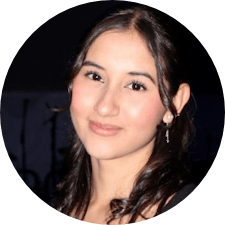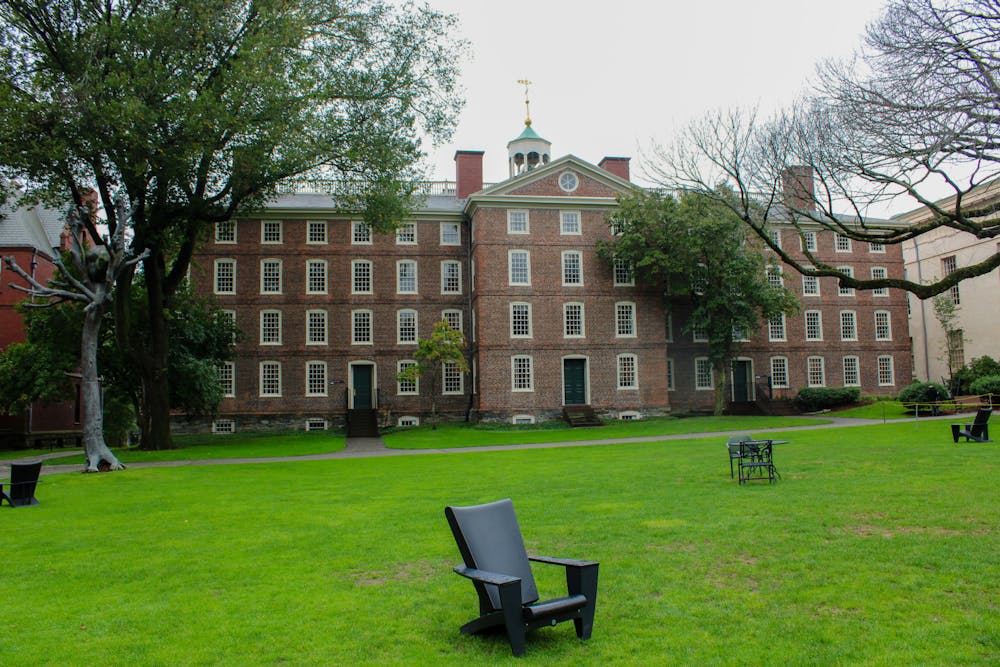Late last month, Brown launched a new website which aims to help student groups, faculty and administration navigate University programs and activities in light of the Supreme Court’s July decision that placed limits on race-conscious admissions.
The website includes four key sections dedicated to understanding the Court’s ruling, the University’s efforts to maintain campus diversity, frequently asked questions and government resources related to July’s decision.
In a Sept. 21 message to the University community, Provost Francis J. Doyle III asked community members “who manage or participate in programs, organizations, events or activities at Brown that have participation or entry criteria … to review the information” on the website.
“The website expands upon the initial list of frequently asked questions shared with the community in July to answer immediate questions about the court’s decision,” he wrote.
The website holds dual purposes, according to University Spokesperson Brian Clark: “To help our community comply with the law and to affirm that we can do so while … sustaining a diverse campus community.”
“There continues to be media reports and other information circulating publicly that unfortunately provide confusing information or misstate the facts of the Court’s decision,” he wrote. “Our community needs to understand how the decision and federal law affect the work they do.”
The website outlines what the decision limited in the University’s operations, including “all programs … that involve an admissions decision, regardless of the student population involved.”
Chief Justice John Roberts’ decision stated that, through avenues such as supplemental essays, admissions offices can still consider how an applicant’s race has impacted their life experiences.
The website specifically highlights how the University will continue its practice of holistic admissions with new written prompts that “invite all applicants to reflect on where they come from and what unique contributions they may make to Brown.”
The new essay prompt invites students “to reflect on how an aspect of their growing up has inspired or challenged them,” Clark wrote. The application also features four “very short answer” questions with a word count of fewer than 100 words, The Herald previously reported.
“The court’s decision does not limit recruitment, yield or retention strategies geared toward creating diverse classes,” Clark wrote.
The “Sustaining Diversity” section of the website states that the University will continue to expand its pipeline programs and partnerships as it shifts its focus to targeted applications as a means of ensuring a diverse student body.
The University is currently working on a pipeline program for Providence public schools. Brown also has a partnership with Tougaloo College — which offers experiential learning opportunities for students both on College Hill and at Tougaloo College’s campus in Jackson, Mississippi — and is planning partnerships with other historically black colleges and universities in the coming year, The Herald previously reported.
The website also offers responses to frequently asked questions related to race-conscious admissions, including inquiries into the ruling’s scope and cultural program management. There are also multiple links to federal resources from the Department of Education and the Department of Justice, and additional resources will be uploaded to the website as they become available, according to Clark.
Beyond the website, individual University offices can offer resources to help students and administrators navigate policies after the Court’s ruling, according to Clark. “Student organizations can contact the Student Activities Office, as always, for questions related to their activities at Brown.”
Clark added that the University’s legal team would continue to advise administrators and community members. “Brown’s Office of General Counsel will continue to schedule meetings and workshops for relevant admissions officers and other academic and administrative leaders, as well as hold sessions for members of the community who may operate race-themed programs and activities,” he wrote.

Ryan Doherty is the managing editor of digital content and vice president of The Herald's 135th editorial board. He is a junior from Carmel, NY who is concentrating in chemistry and economics. He previously served as a university news and science & research editor, covering faculty and higher education.

Natalie Villacres is a senior staff writer covering the University Hall beat. She is a junior from Queens, New York City, majoring in education and psychology.





